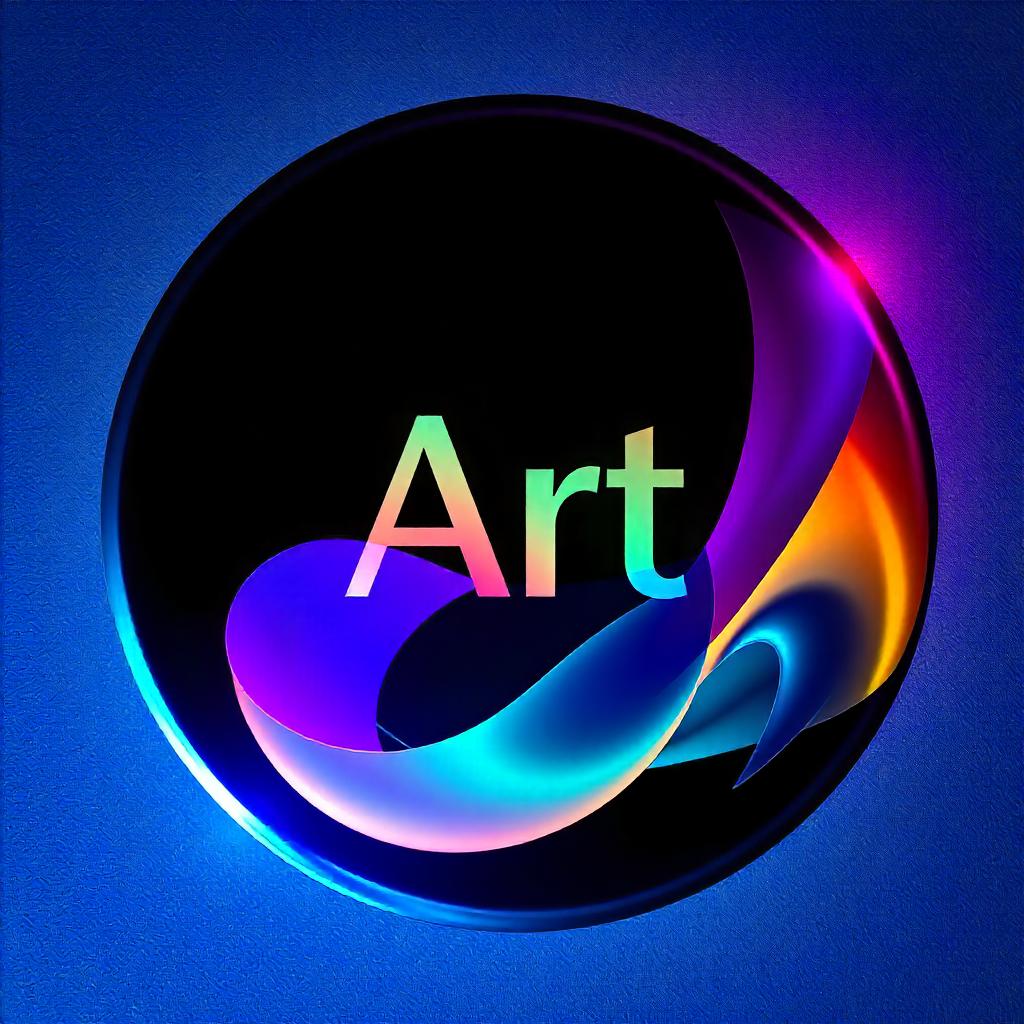The Power of Color in Art: How Colors Influence Emotion
Color plays a crucial role in the world of art, evoking emotions and setting the tone of a piece. From the warm, fiery reds to the cool, calming blues, each color has its own psychological impact on the viewer. Understanding how colors influence emotion can deepen our appreciation of art and even change the way we experience the world. Here’s a look at how different colors can impact our emotions:
1. Warm Colors: Energizing and Passionate
Warm colors like red, orange, and yellow are often associated with energy, passion, and warmth. Red can evoke strong emotions such as love, anger, or urgency, while orange promotes feelings of enthusiasm and creativity. Yellow, often linked to happiness and optimism, can stimulate the mind and foster a sense of cheerfulness. Artists use these colors to create a dynamic, vibrant atmosphere within their work.
2. Cool Colors: Calming and Reflective
Cool colors such as blue, green, and purple are known for their calming and soothing effects. Blue is often associated with tranquility, peace, and trust, which is why it is commonly used in calming art pieces. Green evokes nature and balance, promoting relaxation and renewal, while purple represents creativity and spirituality, often sparking introspection and contemplation.
3. The Use of Color Contrast
Artists often use contrasting colors to create visual interest and direct the viewer’s attention to a particular area of a piece. The contrast between warm and cool colors can evoke tension or harmony, depending on the artist’s intention. By strategically using color contrast, artists can manipulate the emotional response of their audience, guiding them through the artwork.
4. Color Symbolism in Different Cultures
Colors can have varying meanings depending on the culture. For example, while red symbolizes passion and love in Western cultures, it can represent luck and prosperity in some Eastern traditions. Understanding these cultural interpretations can deepen our emotional connection to art, offering new perspectives on how colors influence our feelings.
5. The Psychological Impact of Color in Art
Color psychology is a powerful tool in the hands of artists, as it can influence the viewer’s mood, thoughts, and perceptions. Whether it’s the calm blue of a landscape painting or the fiery orange of an abstract piece, colors can trigger memories, alter perceptions, and even affect our physiological responses. As we delve deeper into the world of color in art, we begin to realize just how powerful this tool is in shaping our emotional experiences.



